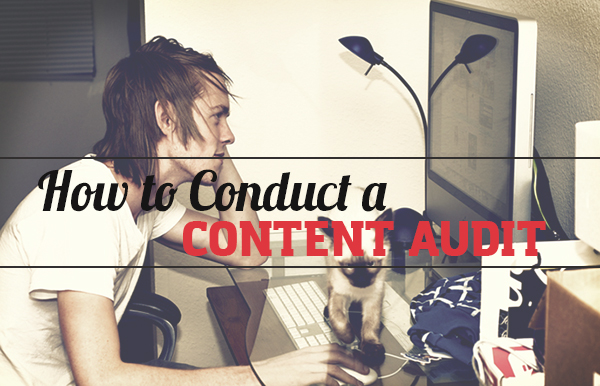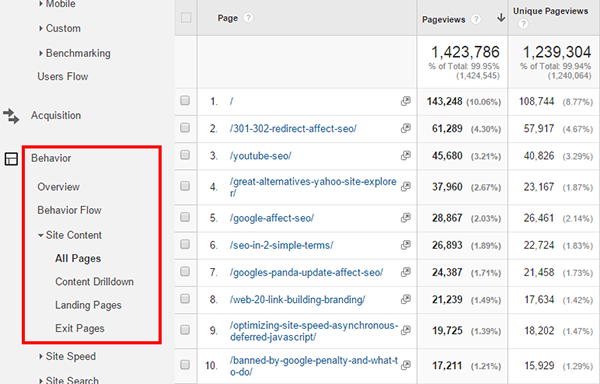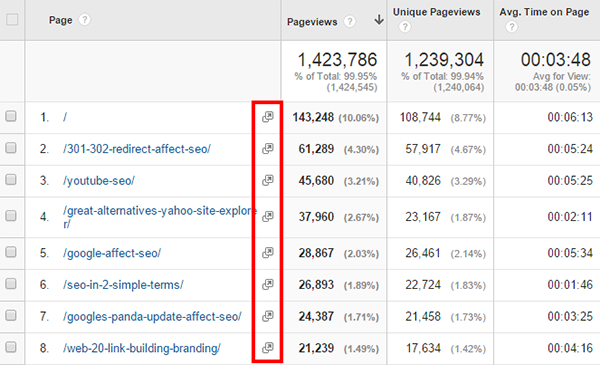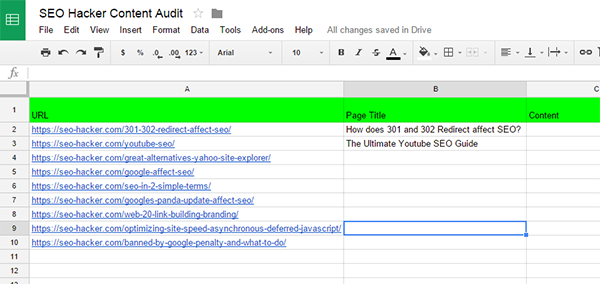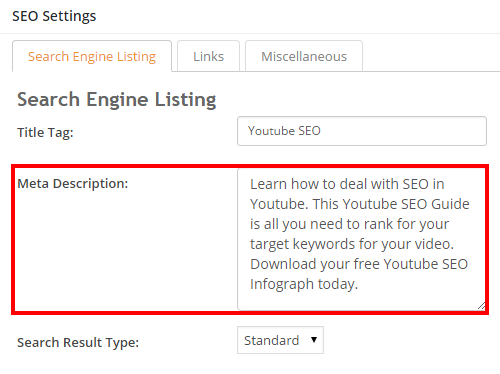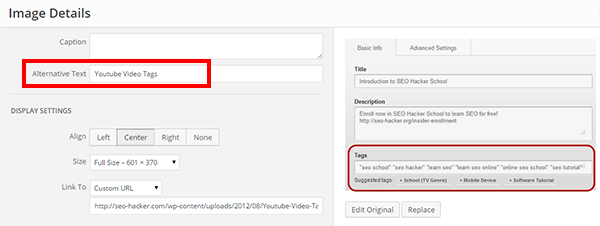How to Conduct a Content Audit for Better User-Experience
Everyday we try to craft content that will be available for everyone to see. We spend time brainstorming, thinking of topics to write, creating compelling content that is worth sharing and we are constantly coming up with ways to amplify it.
While it’s more effective to create long form content for search engines and better user-experience – and this is what we always try to do – without auditing, you’re only stacking content without the intent of updating, and improving it. You’re missing the chance of reaching your content’s full potential, not just in terms of traffic, but also with engagement and conversion.
You need to look back and once again evaluate what you’ve done for the past days, months and years. You need to audit your content.
But before you delve into the process of content auditing, you need to understand first what it is, and why you need it in the first place.
What is content audit and why do you need to do it?
Content audit is the process in which you check and analyze your existing content to make sure that they are still relevant, shareable, has the right keywords, still aligned with your marketing objectives, and driving the right traffic.
You need to do it once in a while because you don’t want your content to be just an additional disk space to your hosting, but are not helping you at all with your goals. You want your content to be loved and enjoyed by your audience, you want your content to be the reason for their loyalty. That’s why you need to check and see if all of your content are still updated and worth reading.
Tools to help you with content auditing
For this tutorial, you may use the following tools:
- Google spreadsheet or MS Excel
- Google Analytics
How to conduct a content audit
To get started, go to Google Drive, and create a spreadsheet or you may also use MS Excel Sheet. This spreadsheet will be used to list down all aspects of your content that should be reviewed.
In your spreadsheet, create columns for:
- URL
- Page Title
- Content
- Links
- Meta Description
- Keywords
- Alt Tags
- Last Updated Date
- Date Audited
The next thing you need to do is to go to your Google Analytics, and list down all the pages on your site.
To do this, go to Behavior, then Site Content and choose All Pages.
You will need to list down all the pages on your site starting from the most-visited pages. It’s better to audit the most important pages first, so that majority of your energy and time will be dedicated to these pages. But don’t get me wrong, you also need to give proper attention to other pages of your site.
In the Page column, you will see the list of your pages. Get the URL of each page by clicking on the pop out button next to the title page, then paste it on the URL column in your spreadsheet.
This will take a while to finish, especially if you have tons of content, but don’t worry as this will surely be worth it.
Now, click the first URL from your list, and once you’re on the page, click “edit page” or “edit post.”
But before you formally start with the actual content audit, ask yourself these two questions first:
- What is the purpose of your content marketing?
- Who are your target audience?
Keep your answers in mind, if needed, write it on your notepad, or on your board – anywhere, as long as it’s visible enough that it can easily remind you of your content’s focus.
The reason why you need to do this is because, as mentioned in the early part of this post, the purpose of doing content audit is to make sure that all of your content are aligned with your goals and objectives, and are reaching the right audience.
Once you’re done with that part, you may proceed with the actual auditing.
So, to get the ball rolling, here are parts of your content that you need to check and the guidelines for each.
1. URL or to be more precise the URL slug
When analyzing your URL or slug, make sure that:
- it describes your content
- it’s in text (or descriptive), and not in numbers
- there are no stop words
- it’s separated by hyphens
Note: If you’re planning to make changes with your URLs but the page is already live, make sure to put a 301 redirect in place.
2. Page Title
Page title is a very crucial part of a content, usually, a good title is all you need to convince people to click on your site.
When reviewing your title, be sure:
- to keep it under 55 characters
- that it contains keywords – try to place the important keywords close to the front of the Title Tag
- that it matches with the idea of the content
- that it’s readable and has emotional impact
3. Content
Content is of course the most important part of this task. This is the part where you will have to make sure that you’re delivering the proper message to your audience, and that you’re meeting their expectations (based on what you promised on the title or headline).
Make sure that your content:
- has no grammatical errors
- has at least 300 words
- supports your title or headline
- is informative and helpful
4. Links
It’s very important to have links on your page, may it be outbound links or interlinks. Not only does it help Google to properly and quickly crawl your site, you’re also helping your readers by giving them more resources to check.
Use these guidelines when reviewing your content links:
- Have at least three internal links
- No broken interlinks
- No broken outbound links
- Make sure that the content your linking to is still relevant, and is a good source
5. Meta description
Majority of searchers depend on what they see on SERP – the title and meta description. If your descriptions are not written well, or worst, you didn’t put meta descriptions, chances are you’re losing a significant amount of clicks.
So do not overlook this part. To help you write one, you may simply use plugins like SEO Ultimate or Yoast.
Then keep these guidelines in mind:
- Keep it between 150 and 160 characters
- Should not be keyword stuffed
- Written for humans
- No duplicate meta descriptions
6. Keywords
For this part, I suggest that you have a list of your target keywords ready, so when you audit your content you can easily go back to that list and check if you’re effectively targeting those keywords.
- Enough number of targeted keywords
- No keyword stuffing
7. Alt tags
Alt tags, or alt text, if you’re not very familiar with it, is the text you provide for an image in case it doesn’t properly display. You want to make sure that when this happens, viewers will see an alternative text that will still explain what your image is all about.
For the alt tags, you just have to make sure that:
- All images have alt tags
- All images should have a description with relevant keywords
The last two columns provided are for the date you last updated your content and the date you audited it. This helps you keep tabs of pages that have already been audited and updated.
Conclusion
It’s good to have at least an annual content auditing, this will not just ensure that all of your content are fresh, but it will also remind you of everything you’ve written – a good way to reminisce!
Content audit will surely take up a lot of time, but it will also result into something good – maybe with rankings, or traffic; but one thing’s for sure, it’s amazing to look back, correct mistakes, and be reminded of the core reason why you built your brand.
Did I miss something important? Perhaps you have other tips or ways for content auditing? Share it with us by commenting below!
